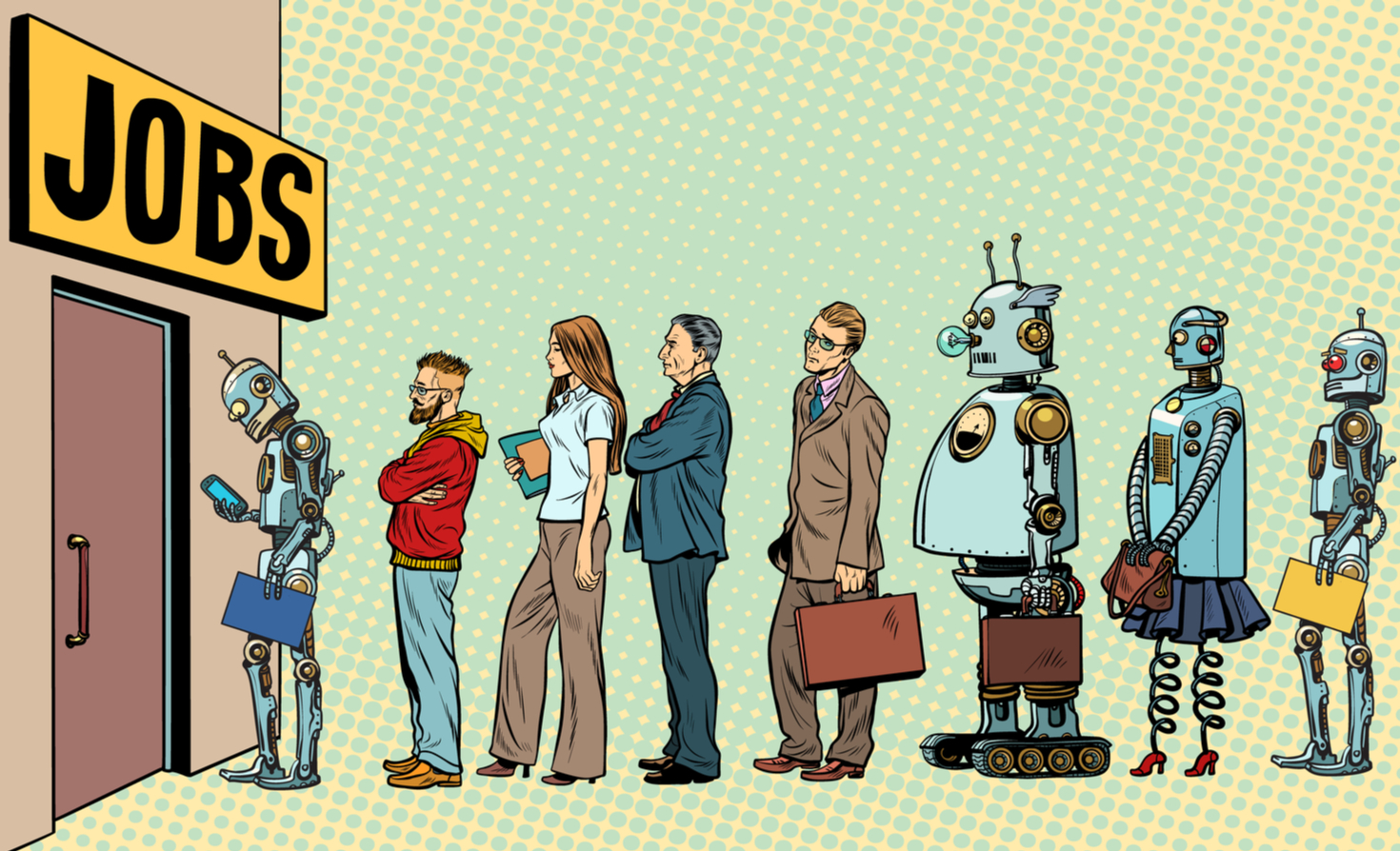Automation and its Effect on Global Employment Trends

The advent of automation has significantly influenced global employment trends. It’s crucial to examine the correlation between automation and global employment rate shifts to understand the broader impact of this technological revolution. Over the years, we have seen a consistent evolution of employment rates in response to automation. As machines and software become more sophisticated, they are capable of performing tasks that were once solely the domain of humans.
The impact of automation on employment rates is a multifaceted issue. On one hand, automation can lead to job loss as machines replace human labor. On the other hand, it can also create new jobs that require skills to operate and maintain these machines. In essence, automation is reshaping the employment landscape, leading to a significant shift in employment rates globally.
Tracing the Evolution of Employment Rates with Automation
To gain a comprehensive understanding of the impact of automation on employment, it’s important to trace the evolution of employment rates over the decades. Automation has been transforming industries and employment for several decades now, and its impact has been profound.
The correlation between automation and employment rates evolution is clear. As automation becomes more prevalent, traditional jobs that involve repetitive tasks are being eliminated. However, new roles are being created that require a higher degree of technical skills. This shift is leading to a change in the nature of jobs and the skills required, impacting employment rates globally.
Automation and Job Loss: An Inevitable Reality?
The question that often arises when discussing automation and employment rates evolution is whether job loss from automation is an inevitable reality. While it’s true that automation has the potential to eliminate certain jobs, it’s equally important to note that it also creates new opportunities.
Automation is not necessarily a job destroyer, but rather a job transformer. It changes the nature of jobs, requiring workers to upskill and adapt to new roles. Therefore, while some job loss is inevitable, it’s also possible that automation will lead to the creation of new jobs that we can’t even envision today.
Government Intervention: Balancing Automation and Employment
The impact of automation on employment rates evolution is significant, and it’s crucial for governments to play a role in balancing automation and employment. Governments can implement policies and initiatives to ensure that the transition to an automated economy is smooth and that workers are not left behind.
These policies could include upskilling programs, job transition assistance, and social safety nets for those affected by job loss due to automation. By taking a proactive approach, governments can help mitigate the negative impacts of automation on employment and ensure that the benefits of automation are widely shared.
Automation’s Impact on the Nature of Jobs and Skills Required

Robotics on Employment: Rates Evolution indicates a shift in job nature. As robotics becomes more prevalent, the skills required for employment are changing. Jobs are becoming more technical and require a higher level of expertise.
This shift necessitates upskilling to meet new job requirements. Workers must be willing to learn new skills and adapt to the changing job market. This could involve learning to operate new machinery, understanding complex software, or even mastering new fields like data analysis or artificial intelligence.
Forecasting the Future: Automation and Employment Rates
The impact of robotics on Employment rates evolution is significant, and it’s likely to continue shaping the future of employment. As robotics becomes more sophisticated, it’s expected that more jobs will be transformed or even eliminated.
However, this doesn’t necessarily mean that employment rates will decrease. New jobs will be created, requiring new skills. The challenge will be ensuring that workers are equipped with these skills to meet the demands of the changing job market.
Automation’s Impact on Various Industries: An Analysis

The correlation between robotics on Employment and industry evolution is clear. Automation has a varying impact on different industries. Some, like manufacturing and logistics, have seen significant job loss due to automation. Others, like the tech industry, have seen job growth.
Assessing the impact of Automation on Employment rates across industries provides a nuanced understanding of how robotics is reshaping the global economy. It’s clear that robotics is not a one-size-fits-all phenomenon, and its impact varies widely across different sectors.
Coping Mechanisms: Reducing the Adverse Effects of Automation on Jobs
While the impact of Automation on Employment can be significant, there are strategies to mitigate the negative effects. These strategies involve both individual and collective action. On an individual level, workers can pursue continuous learning and upskilling to stay relevant in the changing job market. On a collective level, governments and organizations can implement policies and programs to assist workers in transitioning to new roles. The evolution of employment rates due to robotics is a complex issue, but with the right strategies, we can navigate this transition and ensure that the benefits of robotics are widely shared.




